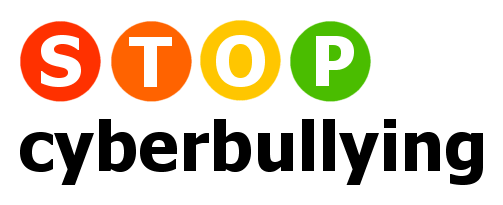Cyber bullying has become a huge issue especially over the past decade, and have negative impacts on people on many level. Several definitions have been used to define cyberbullying. Bullying has been defined as an intentional threat or act to willingly harm another person. Cyber bullying has been defined as “willful and repeated harm inflicted through the use of computers, cell phones, and other electronic devices”(Nixon, 2014). Other devices that can be used include; email, instant messaging, texts, blogs, websites, and other online devices.Cyber bullying also involves using electronic media to sexually harass people through insinuating sexual acts, photos, of disturbing messages.Due to the advancement in technology over the years, cyberbullying has become more of an issue to resolve. As a future educator, students will encounter cyberbullying at school on social networking, phones, computers, and other technology. Teachers, faculty, parents, and other adults, must be accountable to supervise, restrain, and discipline when cyberbullying occurs.

There were three significant scholarly articles that I found appropriate for this subject: “Risk factors for involvement in cyber bullying,” “The impact of cyberbullying on adolescent health,” and also “The Psychological Impact of Cyberbullying.”
In the article, “Risky factors for involvement in cyberbullying,” conducted a study on a large and diverse sample of middle and high school students who completed a self reporting questionnaire during one of their classes. The purpose was to inspect how frequently students are getting cyberbullied (victims, bullies, and bully-victims) and those not being bullied. The study also showed relationships of cyber bullying with categories such as; gender, age, technology use, parental involvement, and safety. The study showed that over 30% of students were involved in cyberbullying, whether it was being a victim or perpetrator. Roughly 25% of student have also reported of being both the victim and the perpetrator within the last 3 months of the study. Students that were involved also had a correlation with spending more time on their electronics, giving passwords to their friends, and also had more violence toward their peers. They discovered that students are first off, greatly involved in cyberbullying. Males were more like to be the “bully-victims,” taken into consideration were the hours per day on electronics and giving away their passwords also. (Mishna, 2017)
In the article; “The Psychological Impact of Cyberbullying,” we will begin to dig a little deeper as to what happens psychologically. Cyberbullying is an increasing concern for both parents and schools. An extremely high number of children are on some form of online device at any given time during the day or night. In a survey given, it was reported that of 12-17 year old children surveyed 94% of them go online from home and 77% are online at school. Of those reporting, 32% have been harassed, cyber bullied, or have been contacted by a stranger. The dangers continue for young people; due to an estimated 50,000 sexual predators being on line at any given time of the day or night. Incredibly, a whopping 1 in 5 children have reported being solicited for sex, with 25% of them never reporting it to their parents.(Will and Clayburn, 2011). The numbers are alarming and will undoubtedly continue to grow without educating both parents and children on the dangers of online messaging. These behaviors can be harmful and even fatal to those being bullied. Courts have strict laws in place for schools to obey. Laws state that “ school personnel have a duty to create, implement, and consistently enforce policy which assists in the prevention, investigation, and elimination of sexual discrimination and harassment.” ( Will and Clayburn, 2011).

Using the scholarly, peer reviewed journal articles with the powerpoints and scenario activity done in class, I have a great understanding for how serious cyber bullying really is. As a future educator, I plan on implementing some of the lessons I have learned about cyber bullying into my lessons. In module 6, cyberbullying is defined as, “willful and repeated harm inflicted through the use of computers, cell phones, and other electronic devices.” For one of our in class activities, we got into groups and talked about different scenarios that could happen and that have happened. I think it is very important to have a strong classroom conversation, as our class did, to have students become aware of how incidents could occur. The sad part about cyberbullying is that it is only going to get worse as the technology keeps growing, the best thing we can do as educators is help prevent it.
In conclusion, cyberbullying is an unfortunate and ever increasing problem among people of all ages. These articles discussed findings that are both alarming and concerning among our young people. Schools have an increasing responsibility to help keep our children safe from the dangers of online messaging. Parents and children need to become more educated on the dangers and uses of online devices. Both need to be vigil by informing those in charge of online bullying or sexual solicitation. Working together can help decrease the number of people affected by those that choose to use on line devices in deviant and unlawful ways.
References
Mishna. (n.d.). Risk factors for involvement in cyber bullying: Victims, bullies and bully–victims. Retrieved May 10, 2017, from http://libproxy.uww.edu:2089/science/article/pii/S0190740911003343
Nixon, C. L. (2014). Current perspectives: the impact of cyberbullying on adolescent health. Retrieved May 10, 2017, from https://www.ncbi.nlm.nih.gov/pmc/articles/PMC4126576/
Will, & Clayburn. (2011). The Psychological Impact of Cyber Bullying. Retrieved May 10, 2017, from https://www.universitybusiness.com/article/psychological-impact-cyber-bullying


